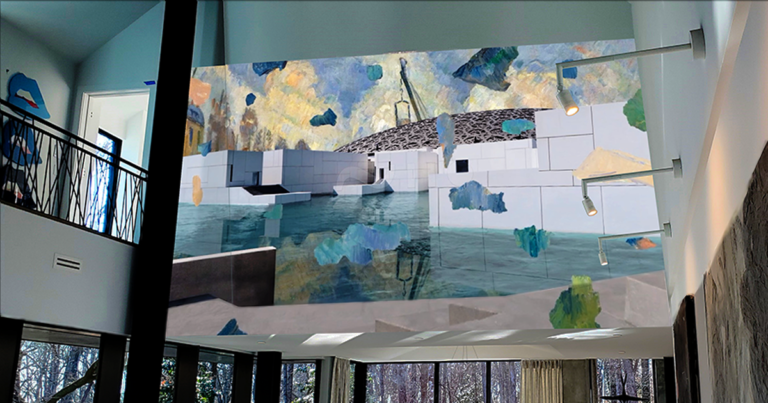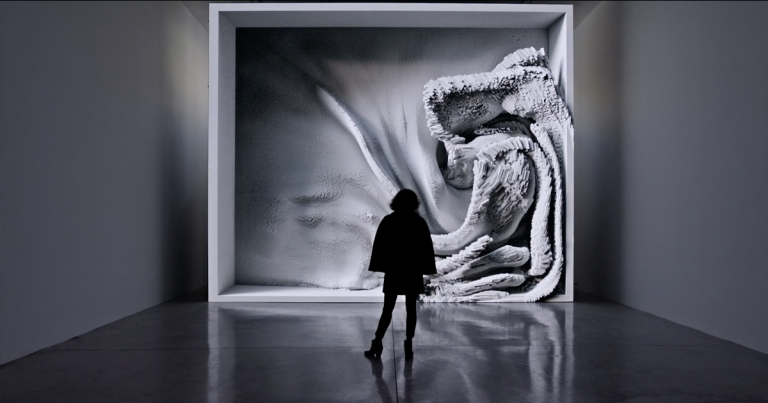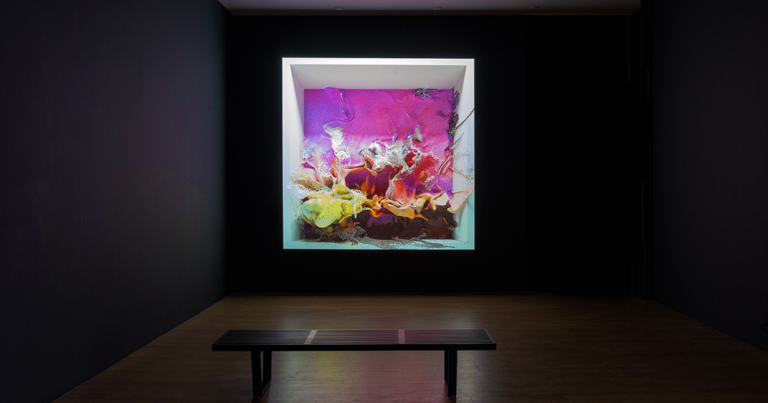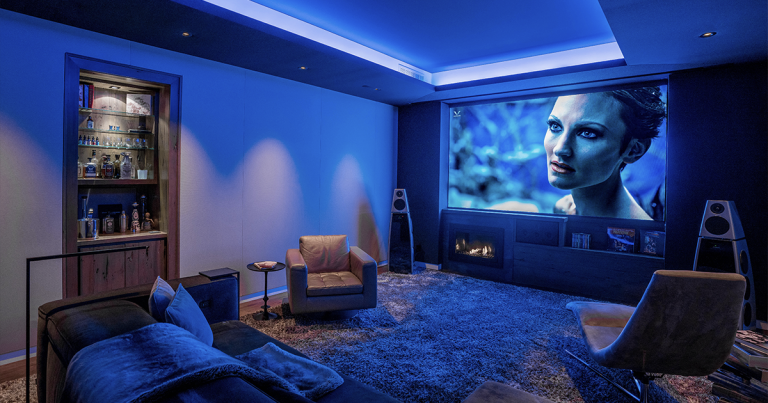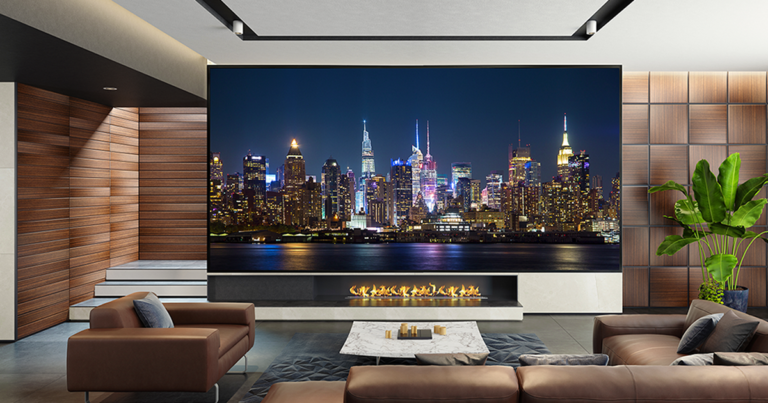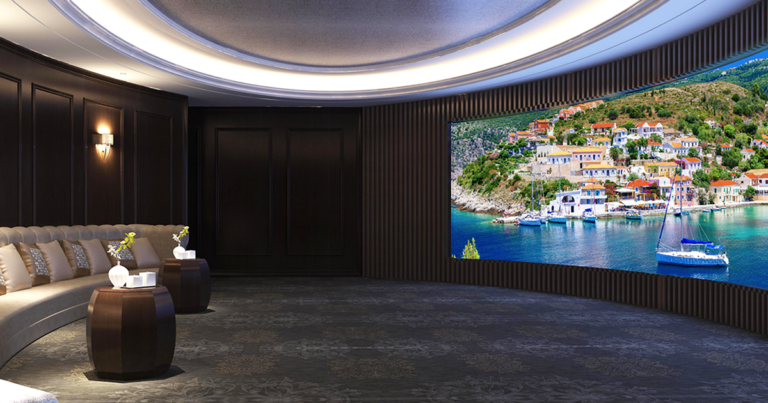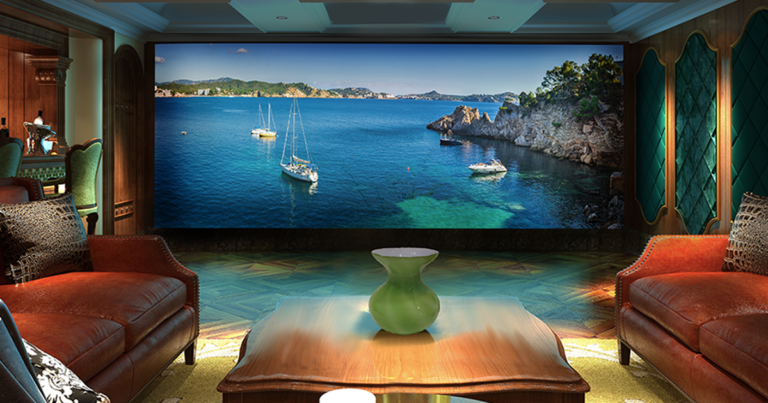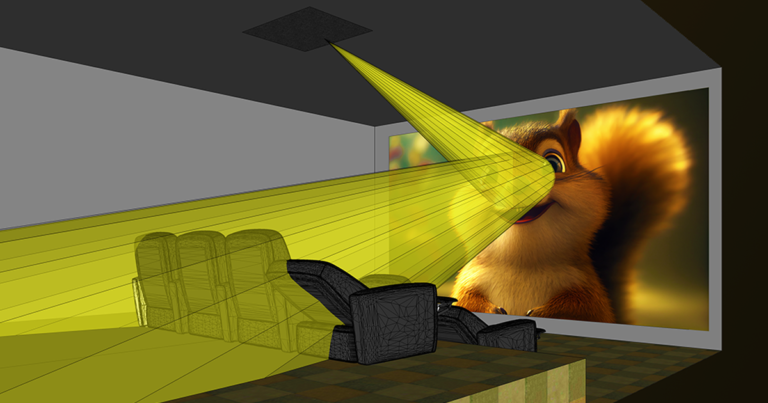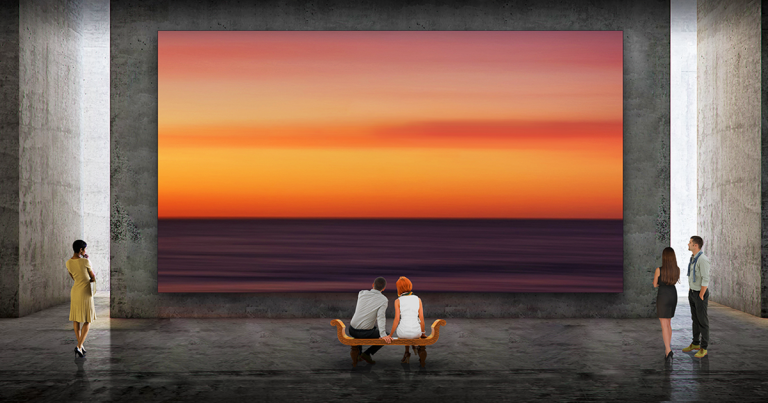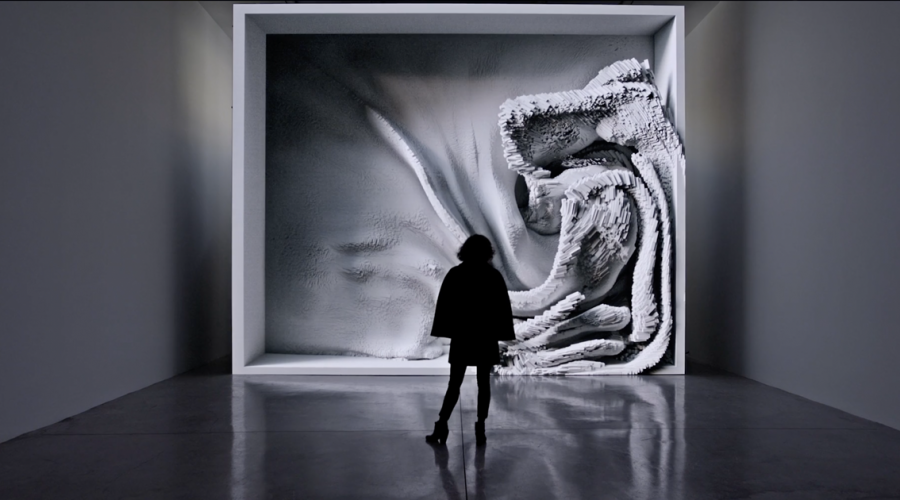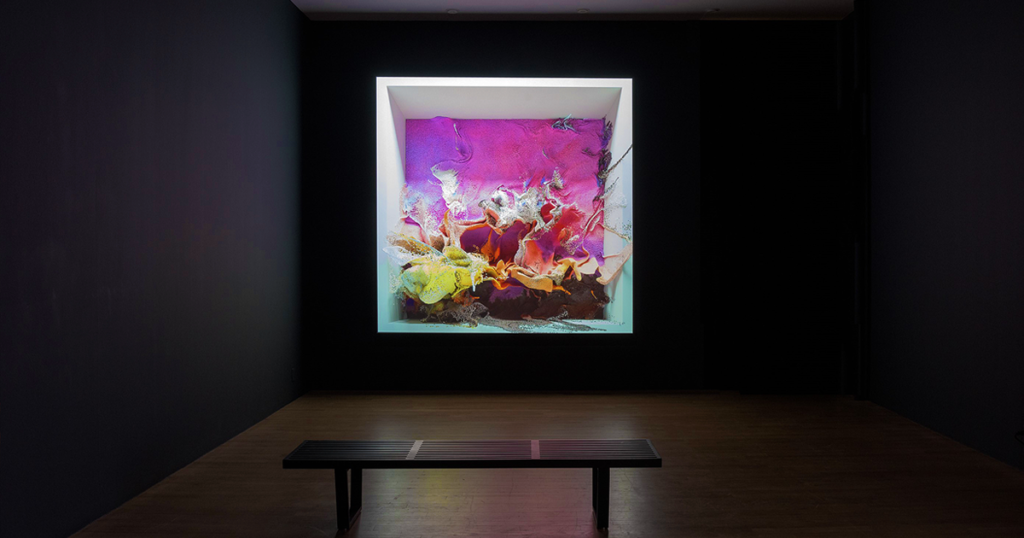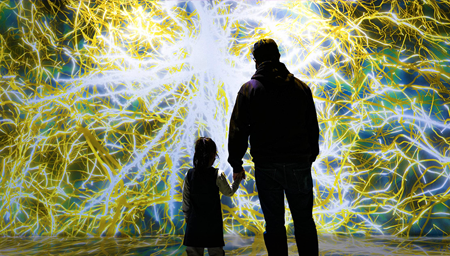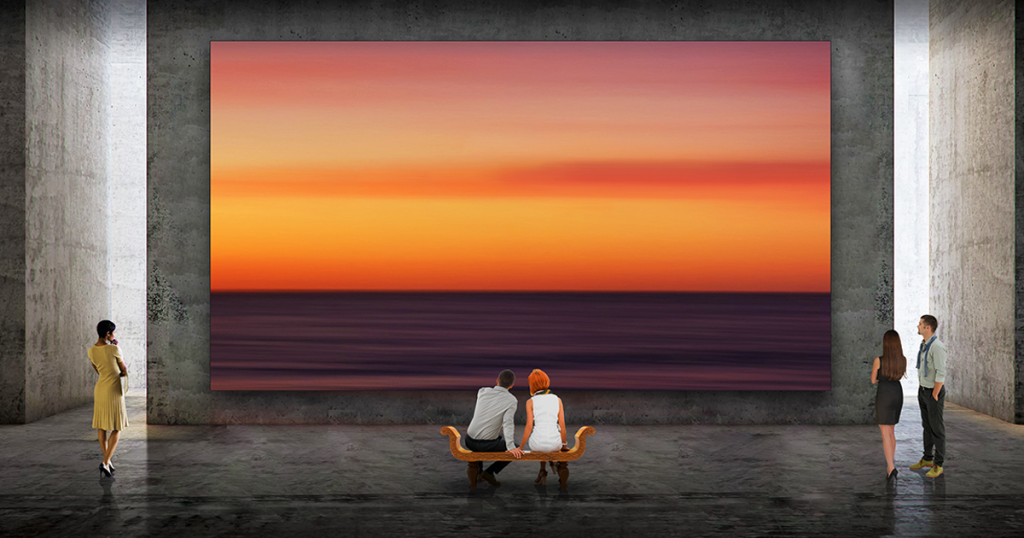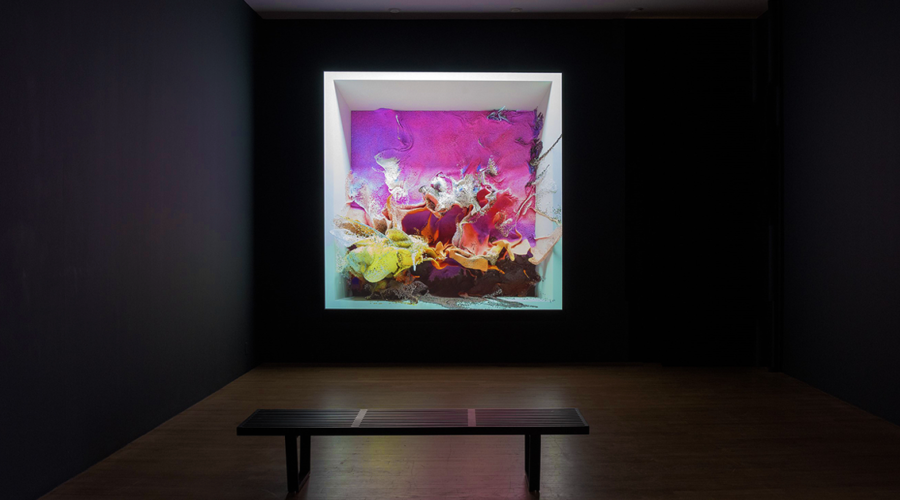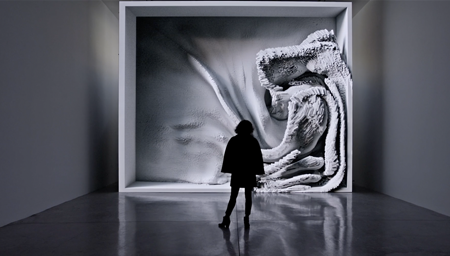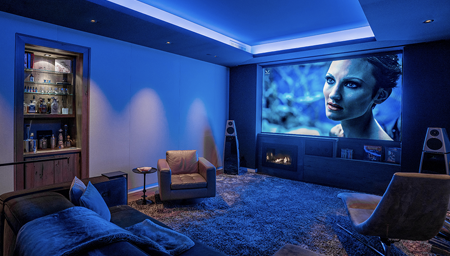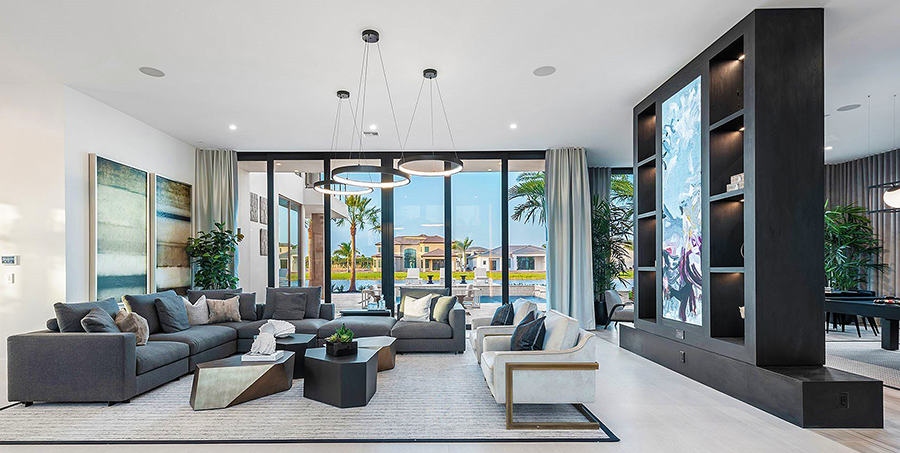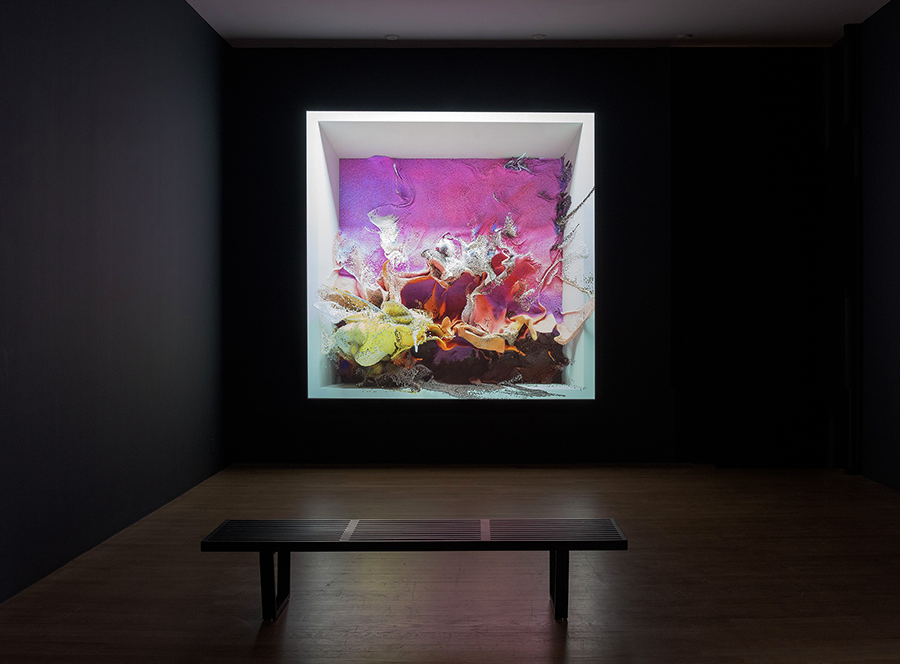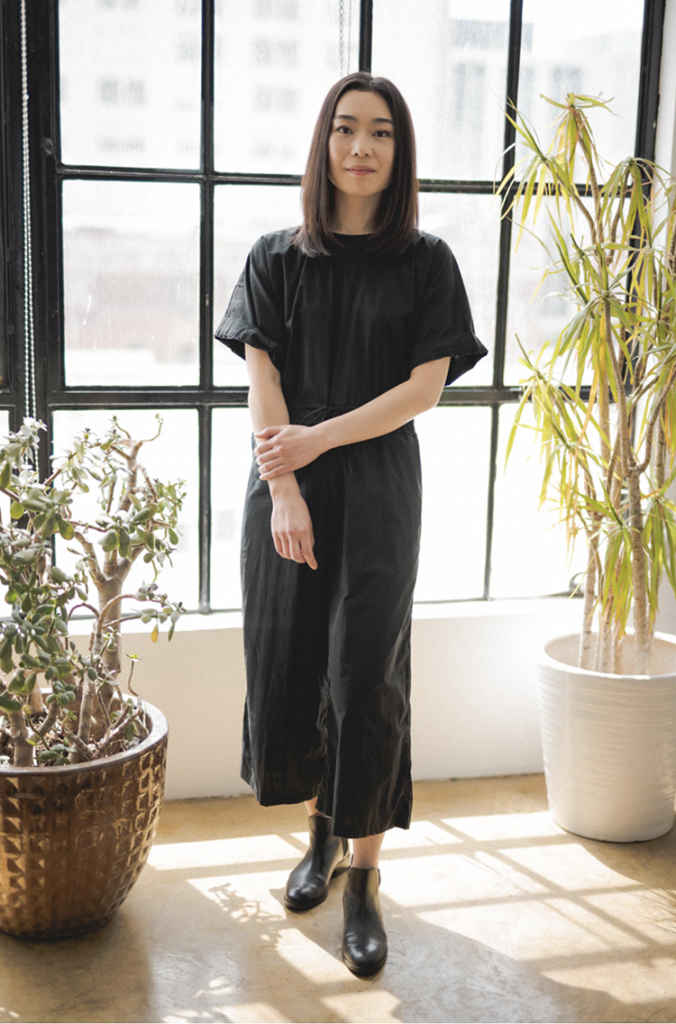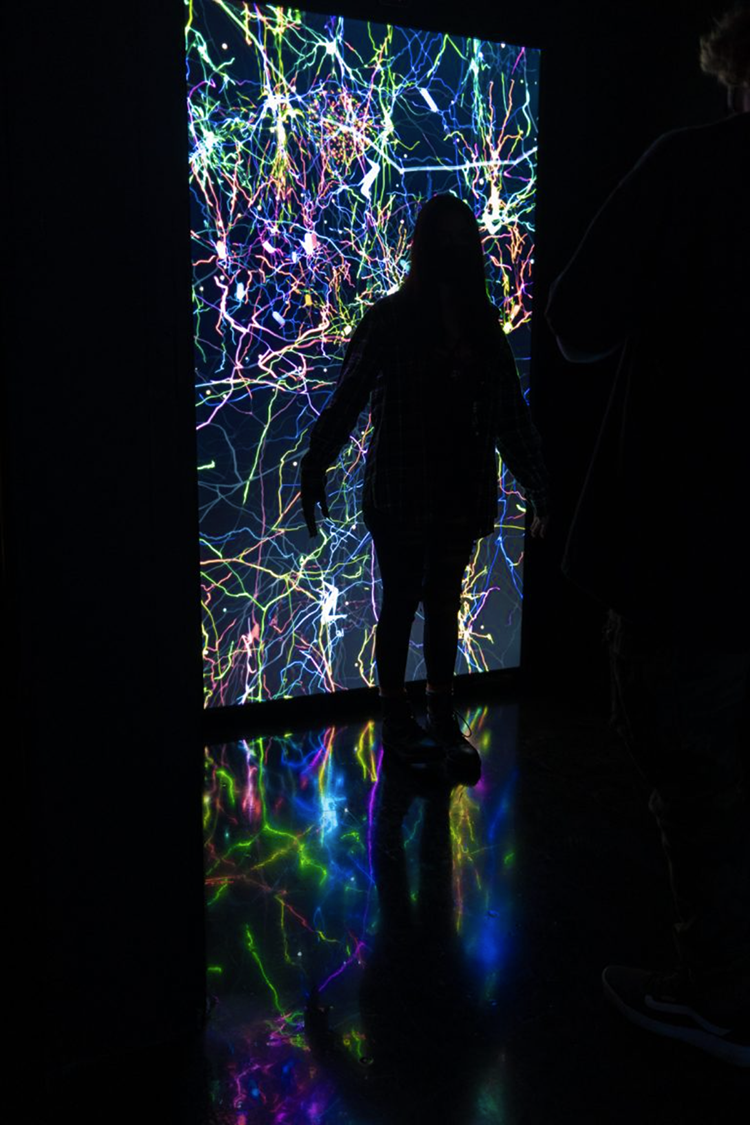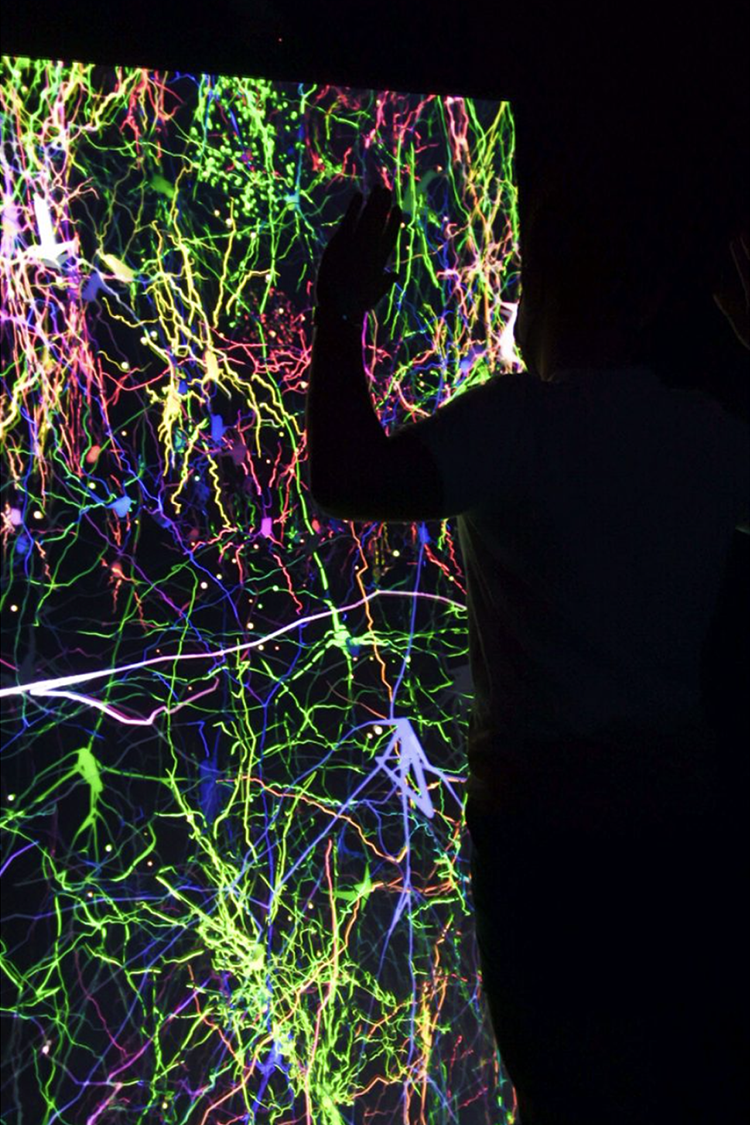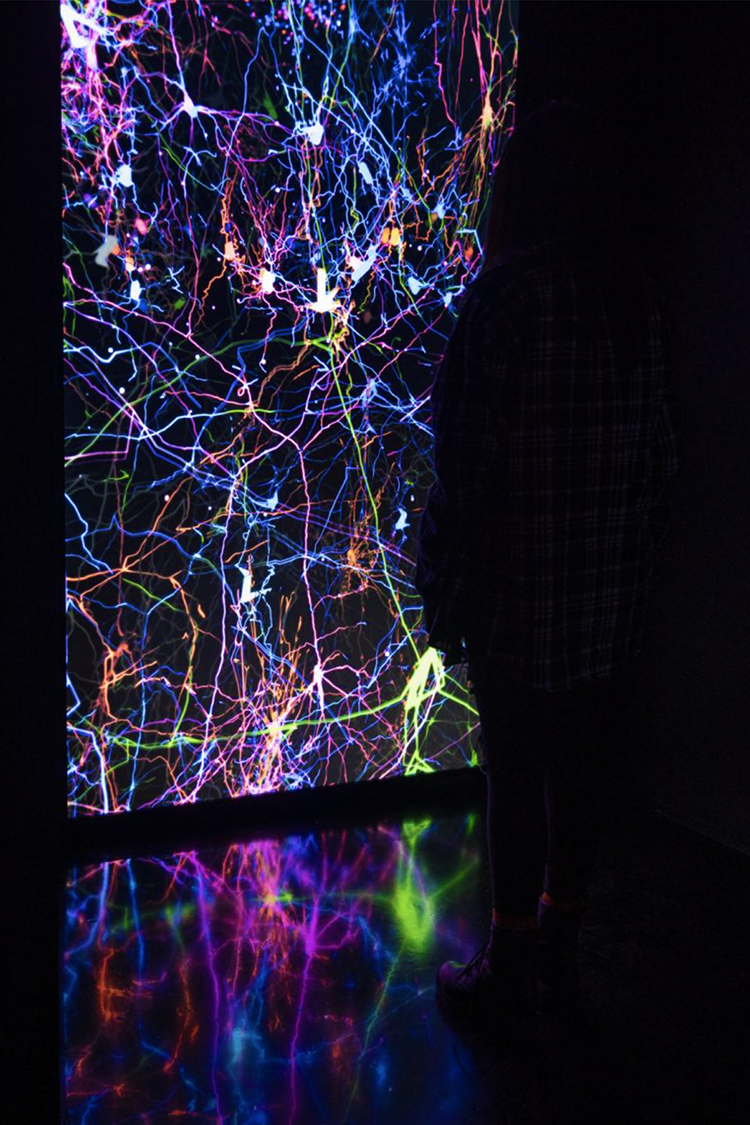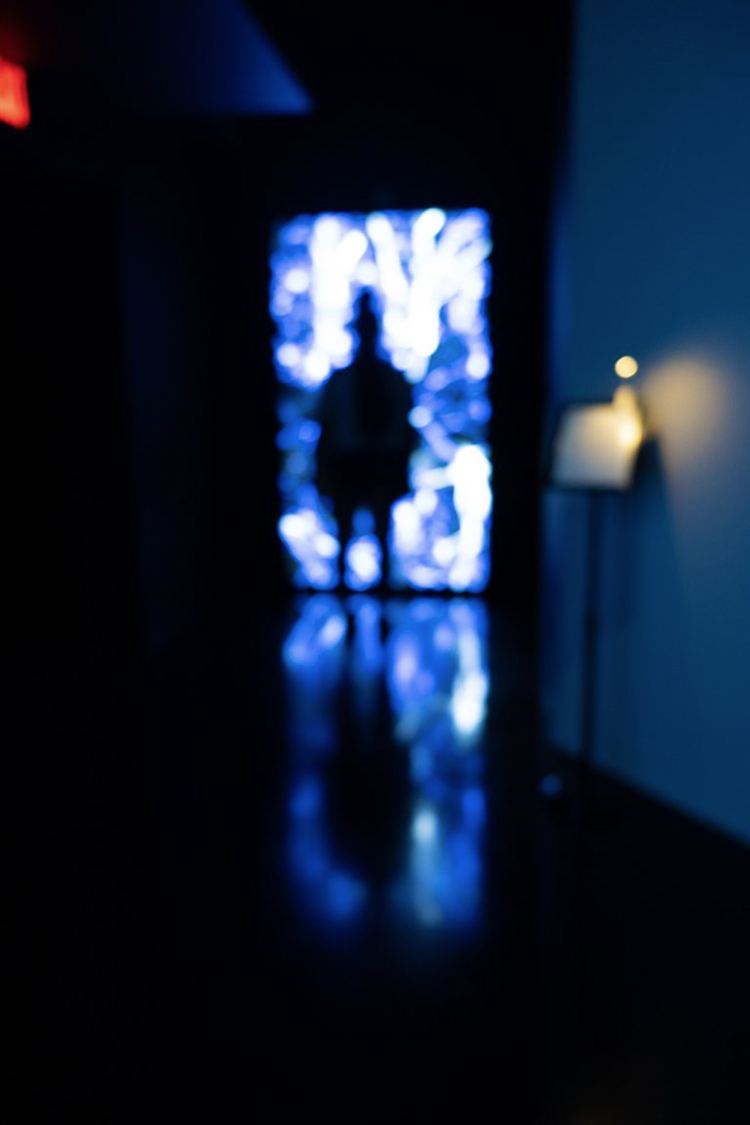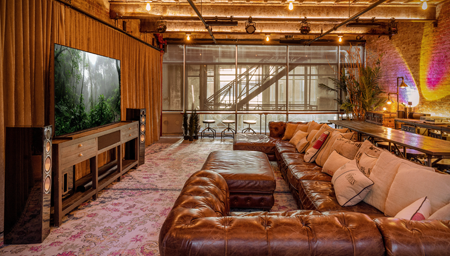All About Digital Canvases
All About Digital Canvases
Our articles on digital canvases and video walls provide a comprehensive guide to the emerging category of digital art in the home
ART
your home is your canvas
emerging technology is going beyond just making homes smart to making them expressive
“Everchanging sound and image installations are particularly appealing to those who collect interactive fine art. Modern collections are anything but static. Anyone with a serious NFT collection will attest that they need new ways of displaying artwork. And excitement is just beginning to build around burgeoning artists who work in emerging media, designing original pieces with generative audio and visual elements that constantly change and reflect the dynamic elements of the modern home.” read more
bringing the gallery home
museums and galleries have a lot to teach about the best ways to display digital canvases in home environments
“What is it about looking at fine art that creates a moment of pause instead of merely lulling you into a soporific state? We probably can’t answer that question in this brief piece of writing, but we can address how fine art is typically displayed in galleries. And we can examine how we might make sure these new digital works get the same treatment as the other “static” pieces of art in our homes.” read more
natural wonder
artist Akiko Yamashita discusses the process of translating her large-scale video works from public exhibition to satisfying display at home
“It wasn’t until I encountered Akiko Yamashita’s artwork that I sensed a new kind of intangible spark that leaps from a creation to the person experiencing it. Her large-scale interactive animations, 3D immersions, and light installations invite people to move and create something more entrancing together. The work is interactive in a way that goes beyond technical wizardry. It’s not just cool, it’s more human.” read more
enriching the artist’s digital palette
Barco’s Tim Sinnaeve says artist Akiko Yamashita’s recent comments show that the creative community is beginning to embrace the potential of digital canvases
“Knowing that there are specialized integrators who have established themselves as curators of digital canvases and that there is a mechanism to ensure that the artist’s intentions are honored is something everybody can feel good about. It’s very encouraging to see both artists and collectors starting to pick up on this and to see the increasing enthusiasm for digital canvases in the home.” read more
bringing the gallery home
destinations | artechouse
these tech-meets-art spaces are a must-see (and hear) for anyone eager to experience the leading edge of digital art
“Artechouse is the house that digital art and tech built. If you’ve heard a lot about digital art but have been so far unimpressed by jokey jpgs and trending crypto disasters, try the these New York, Washington, and Miami-based galleries for a really moving view of the newest fine art.” read more
a garden of immersive delights
Ed Gilmore’s midtown Manhattan showroom offers a both thrilling and soothing escape for the senses
“Certain spaces are more memorable because of what they make you forget. That’s how it feels to walk into one of Manhattan’s unforgettable high-end residential-technology hideaways, Gilmore’s Sound Advice. As I stepped into this sensorially refined environment, I forgot my crazy commute and instantly remembered why the showroom is the scene of so much great conversation and innovation.” read more
bringing the gallery home
VIDEO WALLS
video walls go boutique
video walls from the mainstream brands remain a big investment, but that doesn’t mean they’ve worked out all the bugs yet
“LED walls will inevitably shed their training wheels and continue to improve as time goes on—although perhaps not as quickly as other residential video-display technologies. In the meantime, companies like Quantum will attempt to bridge the performance and reliability gaps with highly customized premium offerings like the Cinematic XDR.” read more
great video wall sound is here
an opportunity to audition a center-channel solution in his own home theater showed the author you can have a micro LED wall without compromising the sound
“To have a speaker system that can be optimized without compromise, allowing you to place a pure, strong sonic image exactly where you want it, is going to be a game-changer for creating high-quality sound to go with LED video walls. Given the potential of what I experienced with this system in my own theater, I am looking forward to calibrating the system in the Florida installation next month, which will allow me to take the Movement System from an experimental situation into a real-world home theater environment.” read more
making video walls better
Quantum Media Systems’ Ken Hoffman on what he’s doing to create video walls that live up to the technology’s potential
“It might seem odd to single out one provider of video walls as a luxury-focused solution when the entire category operates in the stratosphere of the high-end entertainment market. But Quantum Media Systems is quickly establishing itself as the go-to provider of video walls that stand out not merely in terms of sheer size but also image quality, reliability, scalability, and—believe it or not—comfort.” read more
great video wall sound—another solution
famed acoustical designer Anthony Grimani offers his unique approach to solving the problem of where to put the center speaker in a video-wall home theater
“The problem of how to design sound systems to support massive LED video walls is one that continues to motivate audio professionals working in the luxury home entertainment space. The fact is this is such a custom domain that it’s hard to imagine a one-size-fits-all panacea that provides optimal sound for every wall in every installation.” read more
million-dollar wall—hundred-dollar sound
video walls have become a big status thing—and an even bigger investment—but getting them to sound good isn’t as easy as you might think
“Video walls can often take up an entire wall but you don’t have the option of putting speakers behind them like you do with a projection screen. SH Acoustics’ Steve Haas has checked out many of the existing audio solutions for LED walls and found them all wanting. But realizing that video walls are quickly becoming the likely future of viewing in premium home entertainment spaces, he’s been more than motivated to try to determine who has the best approach and how it can be optimized.” read more
© 2025 Cineluxe LLC


